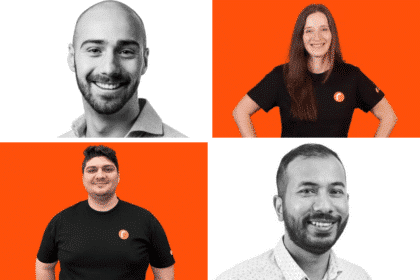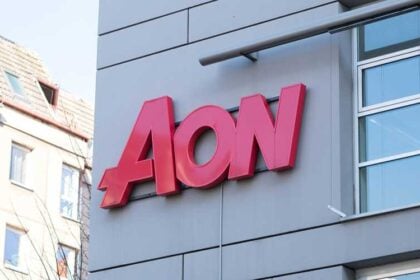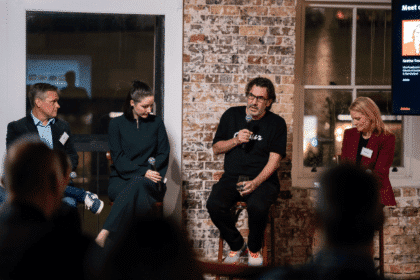In this guest post, Ad Colony’s country manager of Australia & New Zealand, James Livermore (pictured below), offers some cool tips to keep your brand safe in these increasingly risky times…
Brand safety is a tentpole issue in today’s advertising industry and one that is far from being solved. It seems like the past year has been marked by major trust-breaking events, from YouTube running ads on extremist sites to Facebook’s problems with hate speech, violence and fake news. Nearly four in 10 impressions served on unsafe web pages appeared alongside violent content, the IAS reported this year.
While advertiser demand for more brand-safe environments has pushed platforms to comply, the changes the “big name” platforms are making are small. I wouldn’t even call them reforms. The tech giants are simply moving the goalposts just enough to address the current issue, but soon enough another one comes up. Why? Because they are complying with the letter, not the spirit, of digital trust.
Advertisers know this. Nearly half (45 per cent) of those surveyed by Oath stated outright that they feel social media platforms are doing a “poor” job of addressing brand safety concerns, and 42 per cent feel the same way about sites that rely on user-generated content. So who is doing a good job? Seven out of 10 advertisers said that it’s the tech platforms, the DSPs and exchanges, that are taking action to appease them.
So it’s your media partner that’s going to protect you – not the end platform. Here’s what they are doing, and what you can do to help it along.
Pick inherently brand-safe environments
Although Google/YouTube, Facebook and others have formally and very publicly committed to doing a better job at “weeding out” the unsafe material by improving their algorithm and beefing up manual review and third-party fact-checking, they cannot deny their own DNA, which is user-generated content. Work with your ad partner to de-prioritize UCG environments in your media buy and direct funds to professional content and high-quality experiences, such as premium news sites and mobile games.
Third-party certifications
This one is a no-brainer. The Trustworthy Accountability Group (TAG) is by far the best cross-industry accountability program, and last year the IAB required all members to register with them. Additionally, TAG has begun the ads.txt anti-fraud initiative, which will prevent you from getting unauthorized inventory in your programmatic buy on desktop and mobile web. Sounds good, right? So make sure whoever you work with is TAG-certified.
SDK integration
If possible, work with a partner that has SDK penetration in mobile apps, because that direct connection into those environments has multiple benefits. First, you are provided more data points on each ad served, which gives you the transparency and certainty about the value of the buy. And, with an SDK, you get the assurance that your video is playing and that it will be on the top layer of the view, not hidden underneath.
Keep your eye out for automated brand safety tools
The sheer scale of the market makes a human review of every ad placement impossible; we cannot screen, rank, rate and suppress ads from particular pages or types of content. But as artificial intelligence and machine-learning become more sophisticated, there will be opportunities to identify fraud faster and more efficiently, as well as create and update whitelists and blacklists.
The AANA has also put out a full checklist (p15-18) of brand safety best practices, which I strongly recommend reviewing with your team.
As advertisers scramble to find their own solutions to the brand safety issue, I am confident that even more technology and systems will be developed to achieve that outcome. For instance, an ad platform might create a “brand scorecard” system, where each of their publishers get performance and safety ratings, with criteria based on what is important to advertisers. Their palatability would then be easily quantified, and advertisers would be able to consider an app’s “brand safety rating” when making decisions. The opportunities for these types of solutions are almost infinite, and the demand for them even more so.









